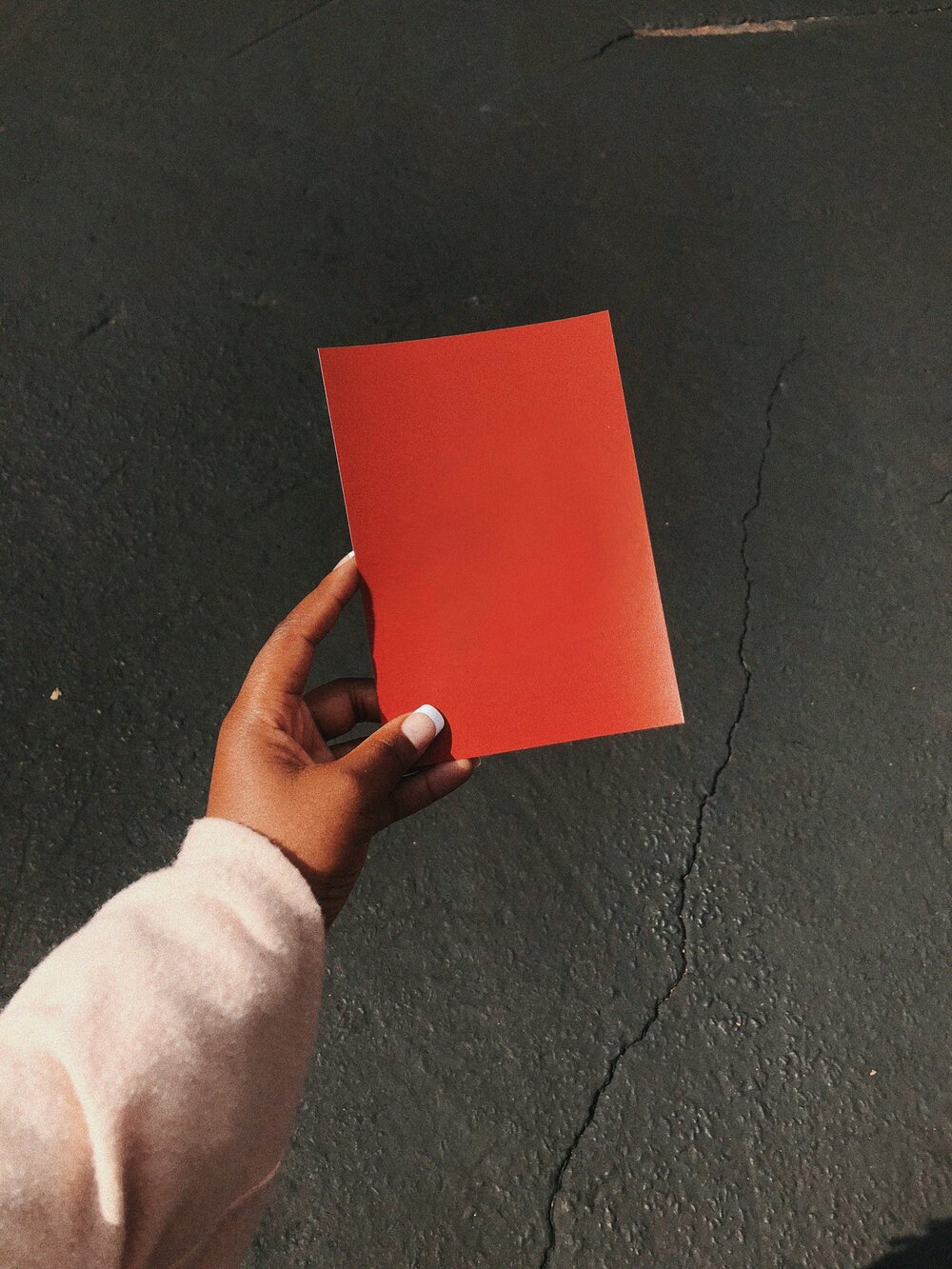There is something about the tactile nature of print that causes us to want to reach out and touch it. When customers have a printed piece in their hands, they will spend more time with it, opening and closing it, turning it around, and flipping the pages. As they do, they get more exposure to your message. Add the right finishing and they’ll spend even more time perusing it.
Let’s explore some finishing options that add pop and sophistication to your printed pieces and that make them just plain fun to handle!
Spot UV Coating. Spot UV coating involves applying a glossy and raised coating to specific areas of a printed piece. By highlighting key elements such as logos, text, or graphics with a lustrous and tactile effect, you add a touch of elegance and sophistication to your printed materials, making them visually captivating to the eye and to the touch.
Embossing and Debossing. Embossing and debossing are distinctive finishing techniques that create raised or recessed patterns on paper, respectively. These techniques add a tactile and three-dimensional quality to printed pieces, giving them a sense of depth and intricacy that exudes professionalism and refinement. Embossing and debossing are ideal for premium business cards, stationery, and invitations.
Foil Stamping. Foil stamping is a decorative finishing process that involves applying a metallic or pigmented foil to selected areas of a printed piece using heat and pressure. This technique imparts a luxurious and reflective quality, enhancing visual appeal and lending an air of opulence.
Matte and Gloss Lamination. Matte and gloss lamination add both aesthetic appeal and practical durability to printed pieces. Matte lamination provides a smooth and velvety texture, reducing glare while adding a refined and sophisticated touch to brochures, postcards, and packaging. Gloss lamination imparts a sleek and polished appearance, enhancing the vibrancy of colours and images, while also providing a protective layer that improves longevity and resilience.
Die Cutting. Die cutting involves cutting custom shapes and designs into printed materials, allowing you to create unique and attention-grabbing pieces that stand out from conventional rectangular formats. By incorporating unconventional shapes such as rounded corners, curves, or custom patterns, die cutting makes your printed materials more visually engaging and memorable.
While these techniques require additional investment, for the right projects, their impact can be significant. When you need to be more memorable, get more “eyeball time,” or create a sense of elegance that elevates you above your competition, these specialty processes produce results that no other design technique can replicate.


0 Comments